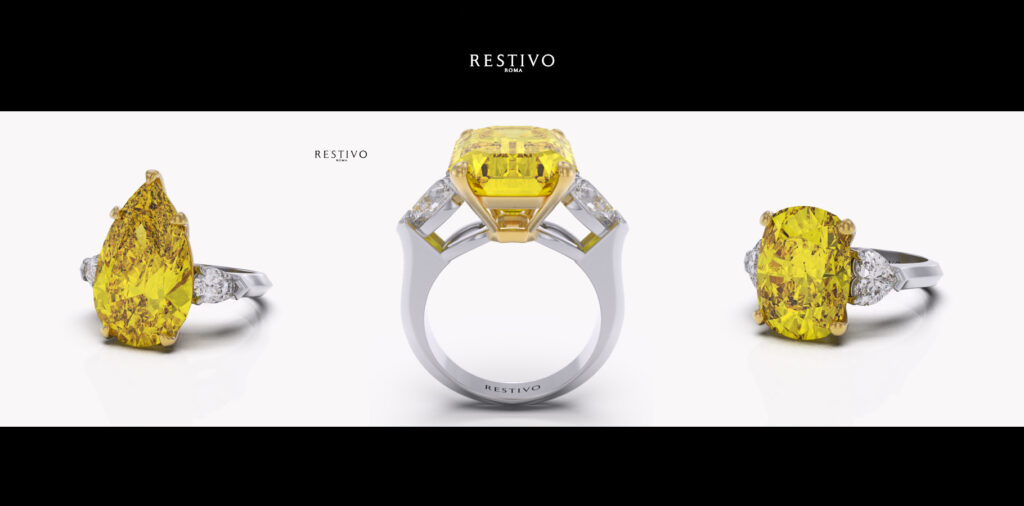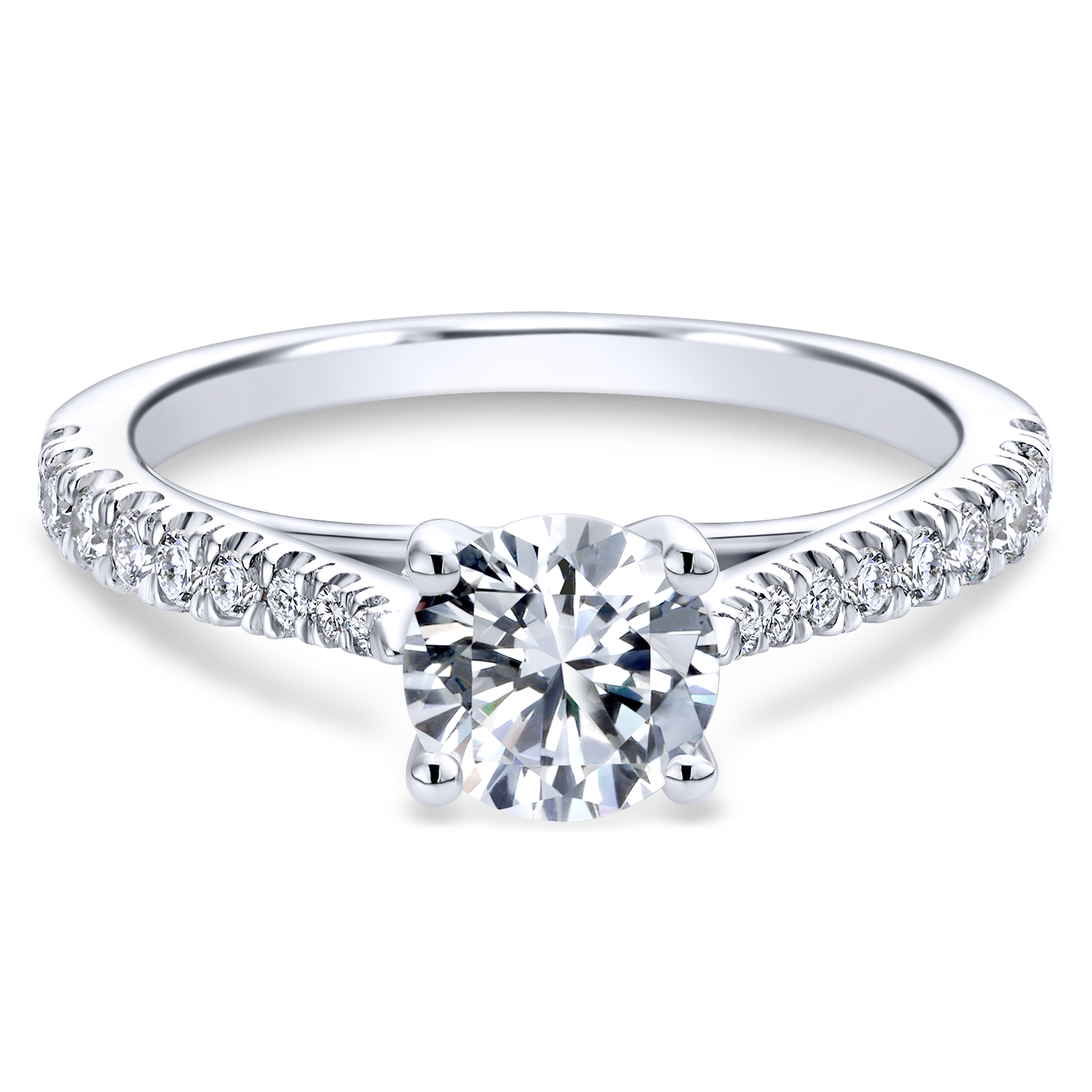The Difference Between Natural & Lab Grown Diamonds
Natural Diamonds:
Originating from the depths of the Earth, natural diamonds emerge through a remarkable process that spans back 1 to 3 billion years. Forging under intense heat and pressure, they represent some of the oldest formations ever encountered. Yet, the journey of a natural diamond doesn’t stop here.
Millions of years after their inception, these diamonds, located about 100 miles beneath the Earth’s surface, were propelled upwards by ancient volcanic eruptions. In the process, these gems became entrapped within molten rock, ultimately solidifying as it reached the Earth’s exterior.
Today, these remnants of ancient volcanic activity, known as kimberlite pipes, serve as treasure troves for discovering natural diamonds. It’s worth noting that although many natural diamonds are procured through mining, there are methods of retrieval that do not involve traditional mining techniques.

Lab-Grown Diamonds:
In stark contrast, lab-grown diamonds are the product of human ingenuity, fashioned by employing machinery and energy to coax carbon into crystalline forms. While these diamonds share similar physical and optical characteristics with their natural counterparts, their swift growth process offers a distinct giveaway. Specialized testing equipment can readily differentiate between lab-grown and natural diamonds.
The juxtaposition between the two creation methods highlights the incredible journey of natural diamonds from the Earth’s depths to the surface, in contrast to the controlled, man-made environment where lab-grown diamonds come to life.
Are they rare and valuable?
The total amount of natural diamonds
one carat and larger recovered in a year
would only fill one exercise ball.
The value of a natural diamond stems from its inherent rarity as a naturally occurring gem. This scarcity, combined with its natural origins, contributes to the preciousness of natural diamonds.
Evident over the past three and a half decades, natural diamonds have demonstrated an average annual price appreciation of around 3%, showcasing their enduring worth. This enduring value lends itself to the idea of natural diamonds as cherished heirlooms that retain their allure over time.
Conversely, the manufacturing process of lab-grown diamonds presents a distinct scenario. Lab-grown diamonds can be replicated in potentially limitless quantities due to the controlled conditions under which they are created. This divergence in production methods has consequences for their value dynamics.
Between 2016 and 2022, laboratory-grown diamond prices experienced a remarkable decline of more than 70%. This striking shift emphasizes the contrast in value trajectories between natural and lab-grown diamonds, with natural diamonds reflecting their scarcity-driven appreciation, while lab-grown diamonds grapple with the implications of their mass-production potential.







